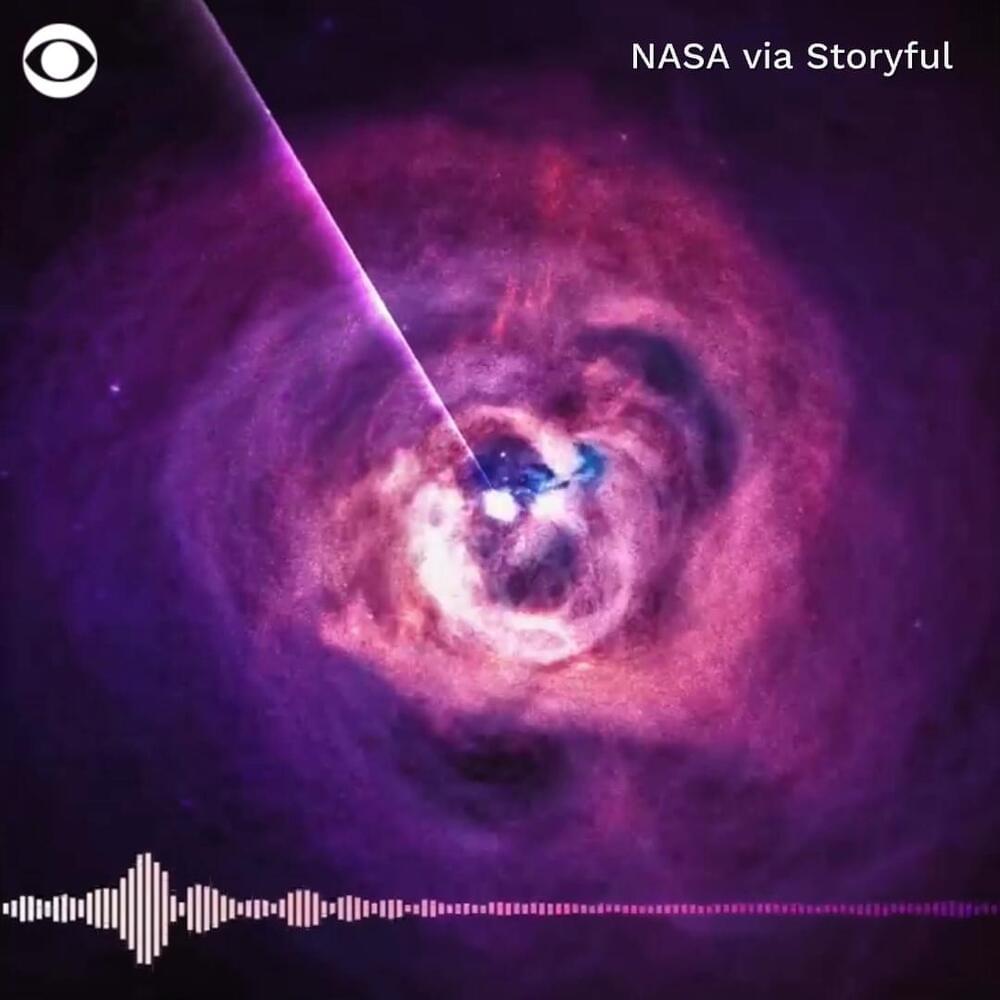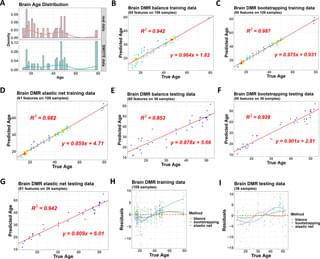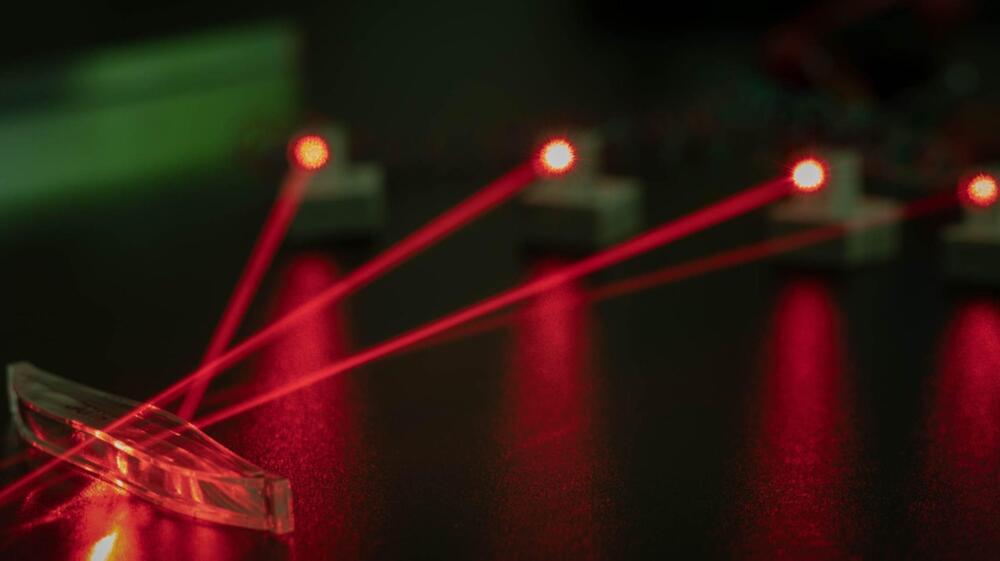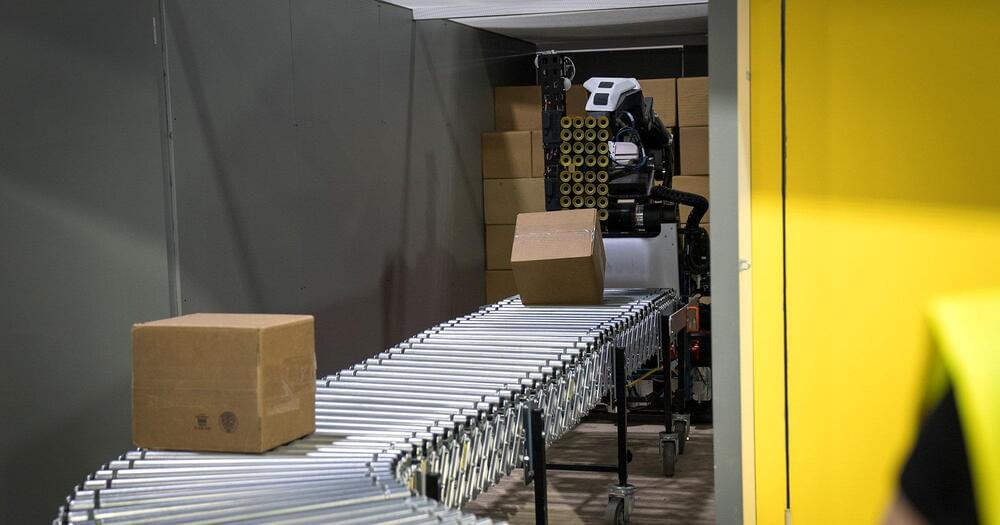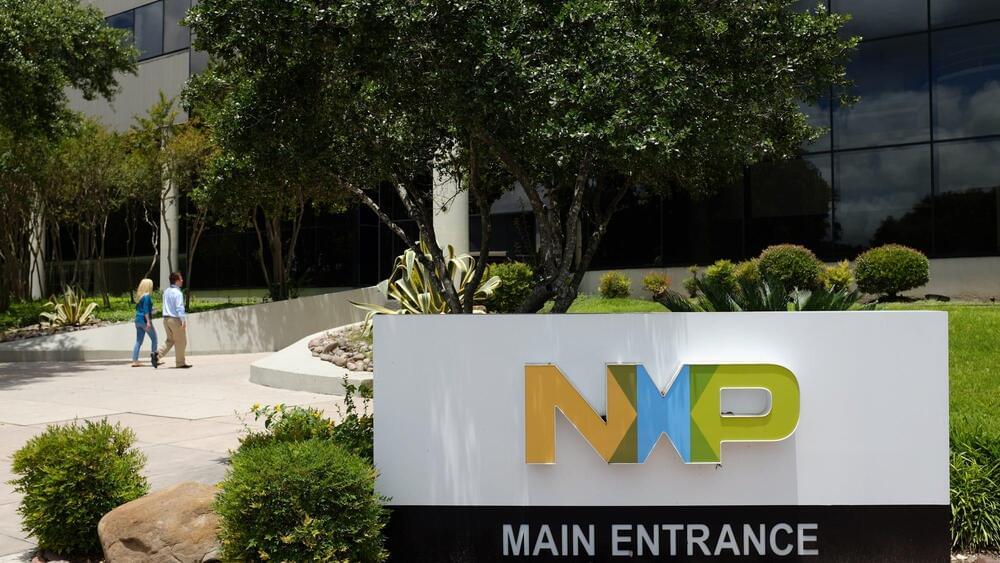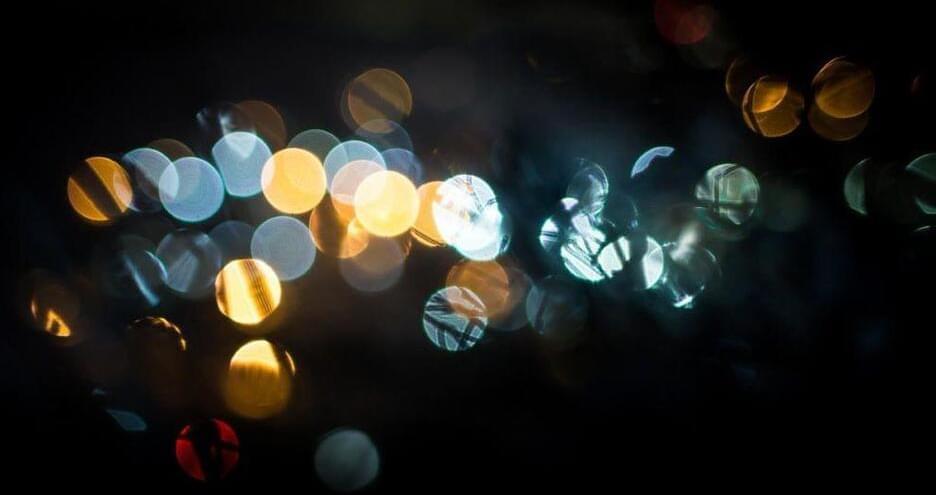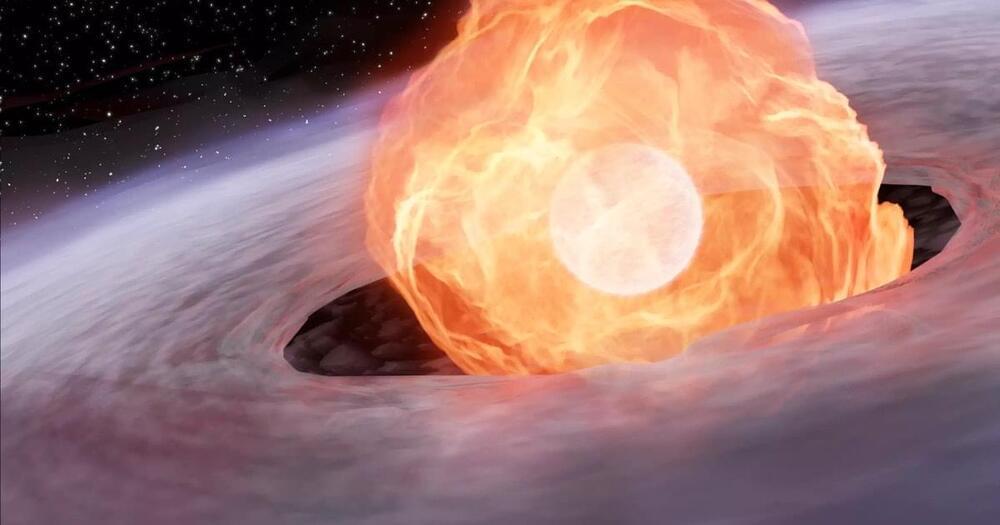The above video approximates noise from the black hole at the center of the Perseus galaxy cluster, which experts discovered had a pitch over a “million billion times deeper” than the limits of human hearing, making it too deep to be heard.
The unnamed passenger can be heard in recordings with air-traffic control saying he had “no idea how to stop the airplane”.
For instance, when training a gestational age clock model from placental methylation, a sample can only be collected after delivery of the baby and the placenta. So most samples have a gestational age greater than 30 weeks, which corresponds to moderate preterm and full-term births. For samples with a further younger gestational age, they are scarce, which makes the sample distribution seriously biased to large gestational ages and impairs the ability of the trained model to predict small ones. However, differences in gestational age as small as one week can significantly influence neonatal morbidity and mortality and long-term outcomes [18 – 23]. Hence, the model’s accuracy across the whole gestational age range becomes essential.
To solve this problem, we developed the R package eClock (ensemble-based clock). It improves the traditional machine learning strategy in handling the imbalance problem of category data [24], and combines bagging and SMOTE (Synthetic Minority Over-sampling Technique) methods to adjust the biased age distribution and predict DNAm age with an ensemble model. This is the first time applying these techniques to the clock model, bringing a new framework for clock model construction. eClock also provides other functions, such as training the traditional clock model, displaying features, and converting methylation probe/gene/DMR (DNA methylation region) values. To test the performance of the package, we used 3 different datasets, and the results show that the package can effectively improve the clock model performance on rare samples.
At the time of writing, scientists and engineers still haven’t figured out how to replicate every computer component that currently exists within semiconductor processors. Computation is nonlinear. It requires that different signals interact with each other and change the outcomes of other components. You need to build logic gates in the same way that semiconductor transistors are used to create logic gates, but photons don’t behave in a way that naturally works with this approach.
This is where photonic logic comes into the picture. By using nonlinear optics it’s possible to build logic gates similar to those used in conventional processors. At least, in theory, it could be possible. There are many practical and technological hurdles to overcome before photonic computers play a significant role.
After launching our warehouse robot Stretch at #MODEX2022, we heard from a lot of warehouse and materials handling professionals. Check out our biggest takeaway… See more.
Launching Stretch, our autonomous warehouse robot, at MODEX 2022, we found consistent themes about the state of warehouse automation and material handling.
Leonard Susskind (Stanford University)
https://simons.berkeley.edu/events/quantum-colloquium-black-…ing-thesis.
Quantum Colloquium.
A few years ago three computer scientists named Adam Bouland, Bill Fefferman, and Umesh Vazirani, wrote a paper that promises to radically change the way we think about the interiors of black holes. Inspired by their paper I will explain how black holes threaten the QECTT, and how the properties of horizons rescue the thesis, and eventually make predictions for the complexity of extracting information from behind the black hole horizon. I’ll try my best to explain enough about black holes to keep the lecture self contained.
Panel featuring Scott Aaronson (UT Austin), Geoffrey Penington (UC Berkeley), and Edward Witten (IAS); Umesh Vazirani (UC Berkeley; moderator). 1:27:30.
In a move that could add even more fuel to the booming Central Texas high-tech sector, chipmaker NXP Semiconductors is considering a $2.6 billion expansion in Austin that would create up to 800 jobs.
The potential expansion is the latest big project for which the Austin area is in the running. Tech firm Applied Materials said in March that it’s considering Hutto for a $2.4 billion research and development center, while chipmaker Infineon Technologies said in February that it’s considering Austin for a $700 million expansion.
NXP Semiconductors, which is based in the Netherlands and has two fabrication plants in Austin, is seeking tax breaks from the Austin Independent School District under the state’s Chapter 313 incentive program for proposed expansion. An initial presentation to the district’s board Tuesday night didn’t specify the amount, but previous incentives agreements from Texas school districts for similar Chapter 313 deals have been for tens of millions of dollars.
Summary
The human brain has the, remarkable ability to learn patterns from small amounts of data and then recognize novel instances of those patterns despite distortion and noise. Although advances in machine learning algorithms have been weakly informed by the brain since the 1940’s, they do not yet rival human performance.
A new study in the Journal of Neuroscience has some answers. By scanning the brains of 24 people actively suppressing a particular memory, the team found a neural circuit that detects, inhibits, and eventually erodes intrusive memories.
A trio of brain structures makes up this alarm system. At the heart is the dACC (for “dorsal anterior cingulate cortex”), a scarf-like structure that wraps around deeper brain regions near the forehead. It acts like an intelligence agency: it monitors neural circuits for intrusive memories, and upon discovery, alerts the “executive” region of the brain. The executive then sends out an abort signal to the brain’s memory center, the hippocampus. Like an emergency stop button, this stops the hippocampus from retrieving the memory.
The entire process happens below our consciousness, suppressing unwanted memories so that they never surface to awareness.
The nova phase can help astronomers understand what causes certain kinds of stellar explosions.
